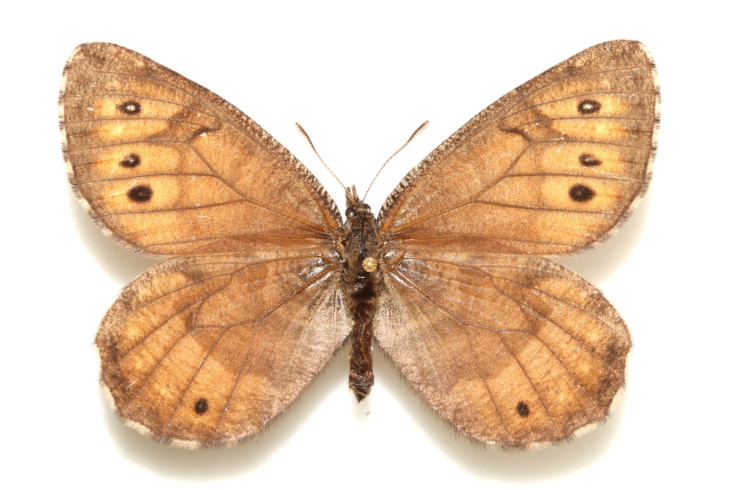Newly discovered Alaskan butterfly is hybrid of two ancient species

Biologists who discovered a new species of butterfly in Alaska for the first time in 28 years, believe it to be a hybrid of two ancient species adapted for life in an especially harsh location.
This hardy variety, named the Tanana Arctic, might actually be the only butterfly to be able to live in the US state's frozen interior. Researchers hope this new discovery might provide clues about the Arctic's's rich geological history, its rapidly changing climate – and how hybrid species come to be.
"Hybrid species demonstrate that animals evolved in a way that people haven't really thought about much before, although the phenomenon is fairly well studied in plants," University of Florida lepidopterist Andrew Warren said in a news release.
"Scientists who study plants and fish have suggested that unglaciated parts of ancient Alaska known as Beringia, including the strip of land that once connected Asia and what's now Alaska, served as a refuge where plants and animals waited out the last ice age and then moved eastward or southward from there. This is potentially a supporting piece of evidence for that."
The Tanana Arctic makes its home in the spruce and aspen forests of the Tanana-Yukon River Basin. Floridan butterfly researchers believe that two related species, the Chryxus Arctic and the White-veined Arctic may have mated at some point before the last Ice Age, between 14,000-28,000 years ago, with their hybrid offspring eventually evolving into the newly discovered species.

The scientists revealed that they had actually been encountering the Tanana Arctic for decades, but because it looked so similar to its relatives, it was not identified, until Warren noticed its distinct characteristics while curating the university's collections. It is bigger than its parents, and has larger white specks on the underside of its copper-colored wings, which give it a "frosted" appearance.
"Once we sequence the genome, we'll be able to say whether any special traits helped the butterfly survive in harsh environments," he said. "This study is just the first of what will undoubtedly be many on this cool butterfly."
Butterflies are very sensitive to climate change, and the researchers hope and fear that it will serve as an early warning of environmental changes in its relatively remote and untouched home regions.
"This butterfly has apparently lived in the Tanana River valley for so long that if it ever moves out, we'll be able to say 'Wow, there are some changes happening'," Warren said. "This is a region where the permafrost is already melting and the climate is changing."
© Copyright IBTimes 2025. All rights reserved.






















